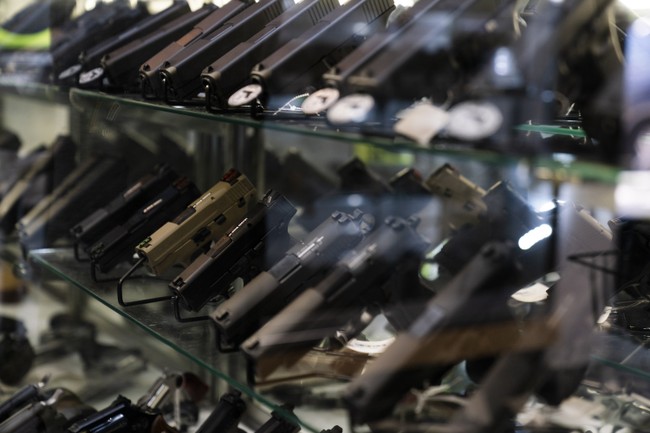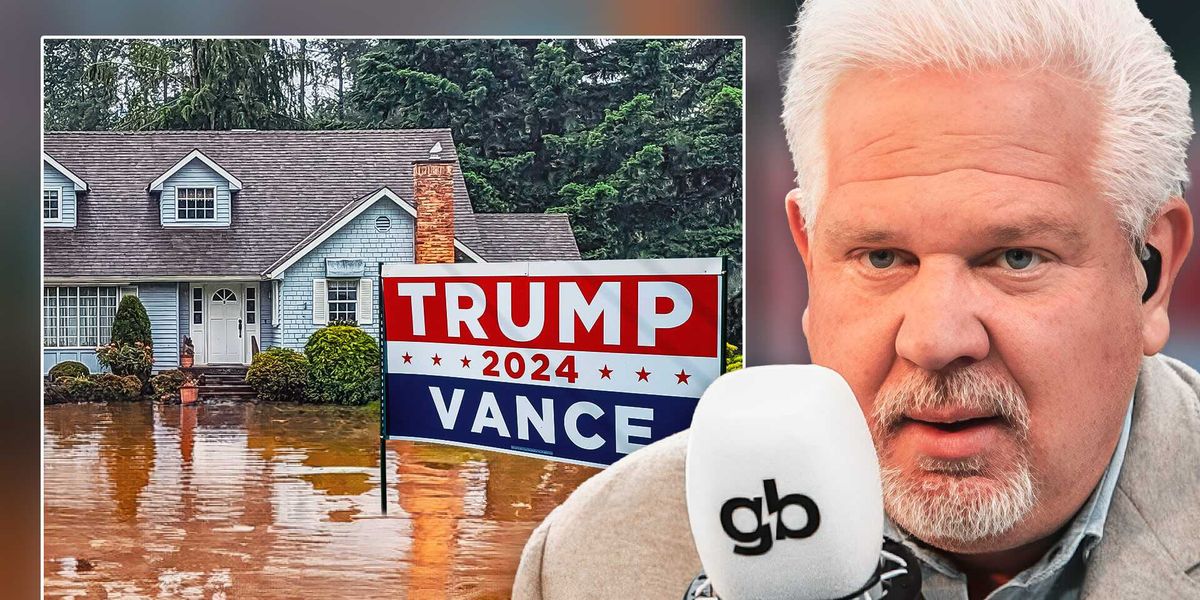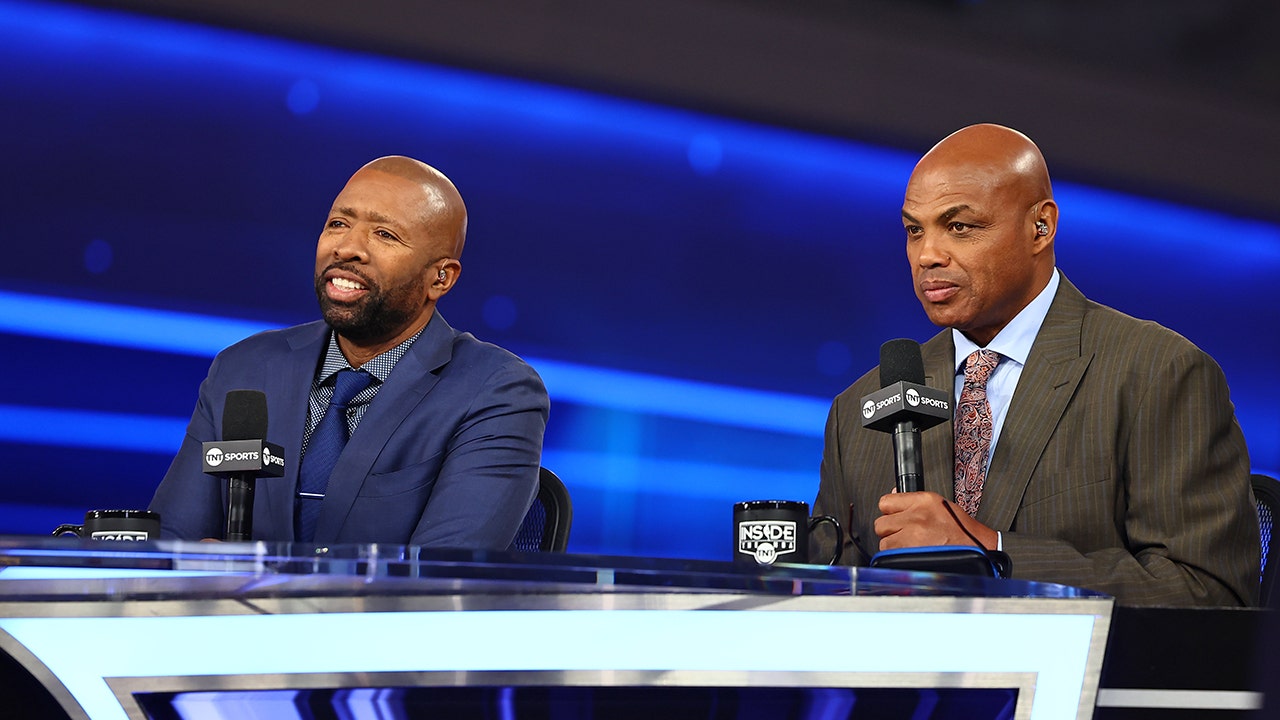I came across this column today with the intriguing title “A Warning From Across the Atlantic for Both Democrats and Republicans.” Author David Wallace-Wells is looking at what has happened lately in the UK and wondering if something similar might happen here in the US.
It was just last summer that Keir Starmer and Labour won a smashing victory over Rishi Sunak and the Conservatives, bringing a striking end to more than a decade of Tory austerity rule and securing the second-largest parliamentary majority since World War II. But just over a year later, Starmer’s net approval rating has fallen from plus 10 to minus 40.
Labour as a whole has lost more support in its first 10 months in office than any other governing party in 40 years. Labour’s Rachel Reeves, the chancellor of the Exchequer, broke into tears last month in Parliament, in a richly symbolic event for the British political media. Since resuming power, her party has struggled to deliver meaningful new policy or escape the widespread impression of nervous, triangulating centrism.
To trust the polls, the strongest challenger is now not the Conservative Party, as tradition would suggest, but Reform — Nigel Farage’s rebrand of the upstart Brexit party, a populist-nihilist meme factory very much in the MAGA mold. Reform won only five seats in Parliament last summer, but it has maintained a steady polling lead over Labour since April — and an even larger lead over the Tory coalition from which it mostly sprang. Through the summer, polls have suggested that in the event of a sudden election, Reform would win, indeed quite spectacularly: Estimates suggest a huge 200-seat margin, for a party that did not even exist at the time of the Brexit vote.
Of course the UK and the US have very different systems. The parliamentary system allows for smaller parties that form coalition governments. The threshold for entry of a new party is much lower. But Wallace-Wells argues that what the US has instead is internal changes underneath the same party labels. In the case of Republicans, the party went from being very much of a moderate, old-school party to being the populist party of Donald Trump. Could something similar happen to Democrats? Is it already happening?
In the wake of Trump’s re-election in November, Democratic self-criticism often took the form of punching left, faulting woke excess for Joe Biden’s unpopularity and Kamala Harris’s disappointing electoral performance. But in the months since the inauguration, the left has been racking up conspicuous electoral and intercoalitional victories.
Zohran Mamdani’s triumph in the New York City mayoral primary has been the most visible example, generating enormous national attention and indeed considerable party pushback. But Mamdani is not alone.
In Seattle last week, the upstart progressive Katie Wilson, running in the primary for mayor as an outsider advocate for renters and mass transit riders, edged out the incumbent, Bruce Harrell, though both will advance to the general election this fall. In Minneapolis, the leftish Omar Fateh beat the incumbent, Jacob Frey, to secure the nomination of the Democratic–Farmer–Labor Party of Minnesota, the state’s local stand-in for the Democrats, despite — or perhaps in part thanks to backlash to — a wave of xenophobic hate online.
He also mentions Katie Porter, the California leftist who is currently leading in polls to replace Gavin Newsom as governor. All of these can be seen as signs that the socialist left is trying to take over the Democratic Party and is succeeding in some deep blue cities and states. The problem is that Democrats lack a single national figure (like Trump) who could make this transition more complete by winning nationally. Who would that person be?
Bernie Sanders comes to mind but he’ll turn 84 next month so that’s probably not going to happen. Kamala Harris? She spent the last election running away from her far left positions in the 2020 race. Could AOC do it? Maybe one day but she’ll probably run for the senate before running for president.
The point of all of this is that, absent some figure to make a big change on the left, the party is stuck with this clear divide between the socialists and the traditional Democrats. The pressure this creates internally results in constant fighting internally.
Voters in one city may want a Democratic mayor who bashes the national party, for instance, but the result is that voters elsewhere see a nationally prominent figure at war with leadership, doing damage to the Democratic brand. Voters in another state might prefer a conspicuous centrist, with the result that those on the left side of the national coalition feel discounted. Or, perhaps, pummeled, including by leaders praised as future presidential candidates
The party’s two factions have no choice but to fight a battle neither side can win completely enough to put a stop to it. That’s how you get the mess that has been happening at the DNC, where the elected chair is undermined publicly by an upstart, David Hogg, and the internal battle results in the party failing to raise money.
To be clear, Wallace-Wells isn’t predicting a split will happen but he is spelling out how the contradictions and conflicts that exist on the left seem to make compromise and working together increasingly unlikely. At some point, one faction or the other is going to have to claim control. But there could be years of angry and politically ineffective squabbling before that happens.
Read the full article here






![Texas AG Ken Paxton Seeks Arrest of Beto O’Rourke After a TRO Violation [WATCH] Texas AG Ken Paxton Seeks Arrest of Beto O’Rourke After a TRO Violation [WATCH]](https://www.rvmnews.com/wp-content/uploads/2025/08/2025.08.13-03.07-rvmnews-689caa3dc3140.jpg)
![Fetterman Says Dems ‘Lost the Plot’ When Harris Called Trump a ‘Fascist’ [WATCH] Fetterman Says Dems ‘Lost the Plot’ When Harris Called Trump a ‘Fascist’ [WATCH]](https://www.rvmnews.com/wp-content/uploads/2024/09/2024.09.22-12.17-rvmnews-66f00ade569cf.jpg)




![JD Vance Laughs Off Psaki’s ‘Disgraceful’ Swipe at His Marriage [WATCH] JD Vance Laughs Off Psaki’s ‘Disgraceful’ Swipe at His Marriage [WATCH]](https://www.rvmnews.com/wp-content/uploads/2024/12/2024.12.15-12.25-rvmnews-675ecabc6c831.jpg)